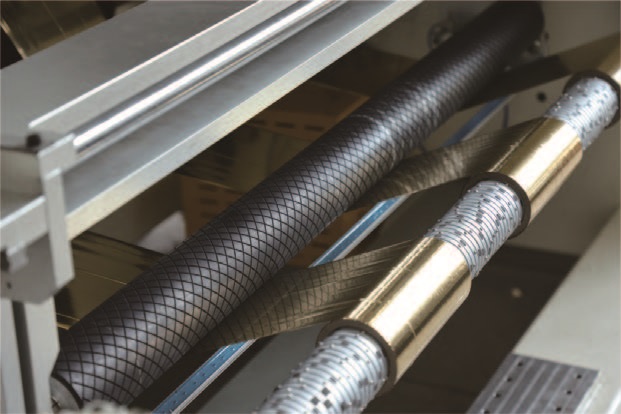
A slitting machine is a commonly used industrial equipment used to cut materials such as paper, plastic film, cloth, etc. according to the required size and shape. Let's take a look at how the slitting machine works at different stages.
The working principle of the slitter in different stages is as follows:
1. Feeding stage:
At this stage, the raw material, usually a continuous supply of rolled material, is directed through a feeding system to the working area of the slitter.
Feeding systems typically include rollers, clamps, or clamping devices to stabilize the movement of the raw material and ensure that it moves to the next stage in the correct position and speed.
2. Positioning stage:
At this stage, the raw material is precisely positioned to ensure accuracy and consistency in the cut.
Positioning systems may include sensors, vision systems, or mechanical positioning devices that detect and adjust the position and orientation of raw materials.
3. Cutting stage:
This is the main working stage of the slitter machine, in which the raw material is cut into multiple parts according to the desired size and shape.
Cutting is usually done with a cutter, cutterhead, or scoring wheel, and the cutter can be rotating or stationary, adjusting as needed to achieve different cuts.
4. Discharge stage:
After the cutting is completed, the cut parts are discharged from the slitter machine for subsequent processing or packaging stages.
The discharge system typically includes a conveyor belt, pusher, or robotic arm that removes the cut part from the slitter and transfers it to the next station.
The entire process is usually managed by an automated control system to ensure efficient, precise, and consistent slitting operations. At the same time, operators may need to monitor and adjust the operating parameters of the slitter to meet specific production needs and quality standards.
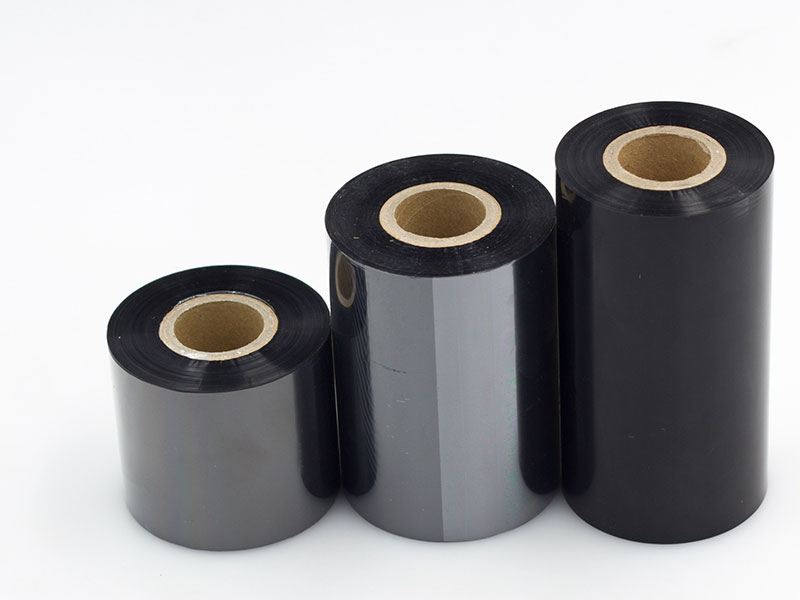
not just a tool for production, but a gatekeeper of quality, signing an unspoken guarantee of quality with its reliability.
12. December, 2025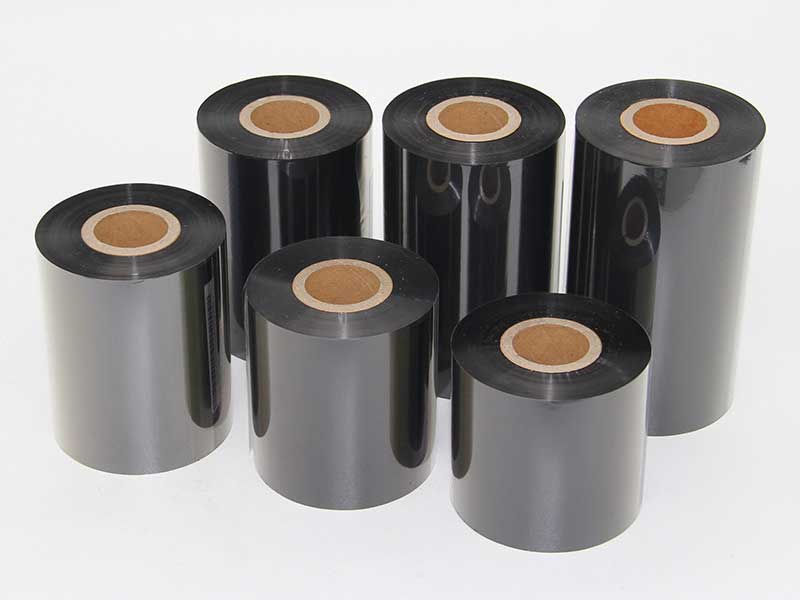
Its evolutionary trajectory clearly points to two dimensions: rock-solid reliability and smooth flow of water
12. December, 2025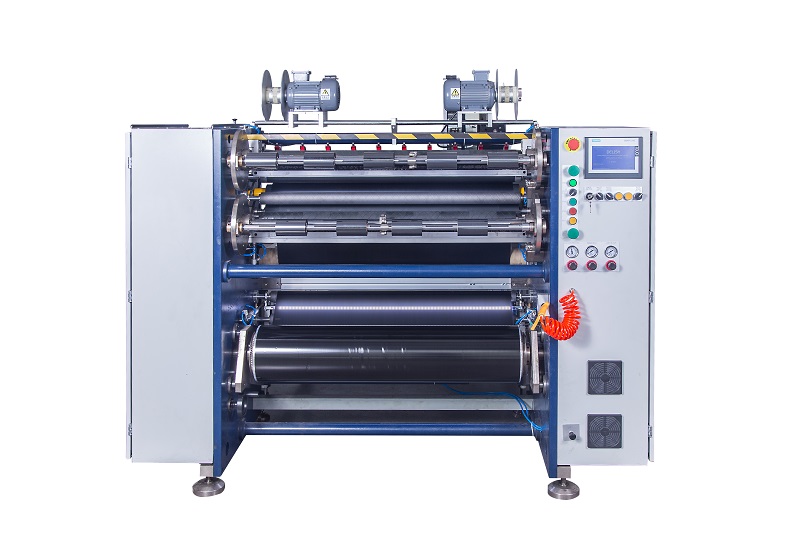
Behind the low failure rate of ribbon slitting machine is the result of the cross-integration of materials science, mechanical engineering, control theory and information technology.
12. December, 2025
how to choose a ribbon slitting machine that suits your needs? This article will give you a detailed analysis to help you grasp the core points in the purchasing process.
11. December, 2025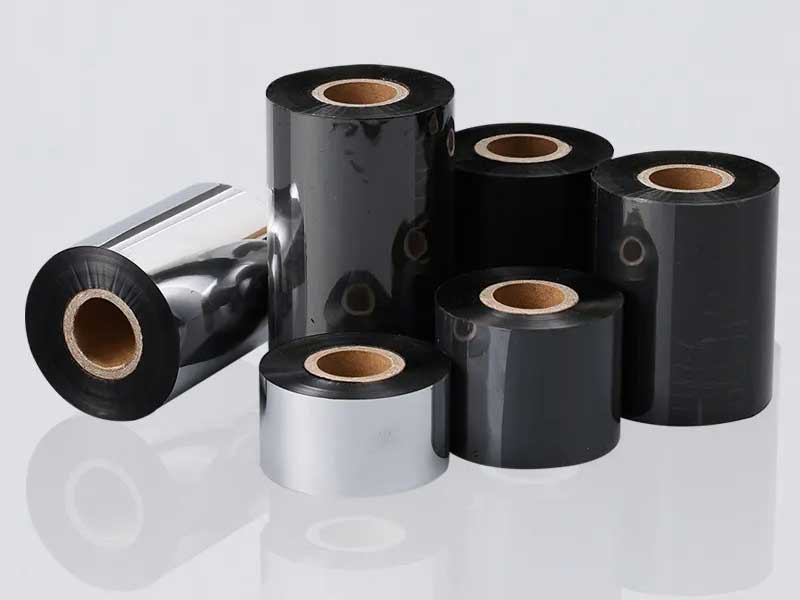
So, is the ribbon slitting machine easy to operate? Let's uncover the secrets of its convenient design together.
11. December, 2025